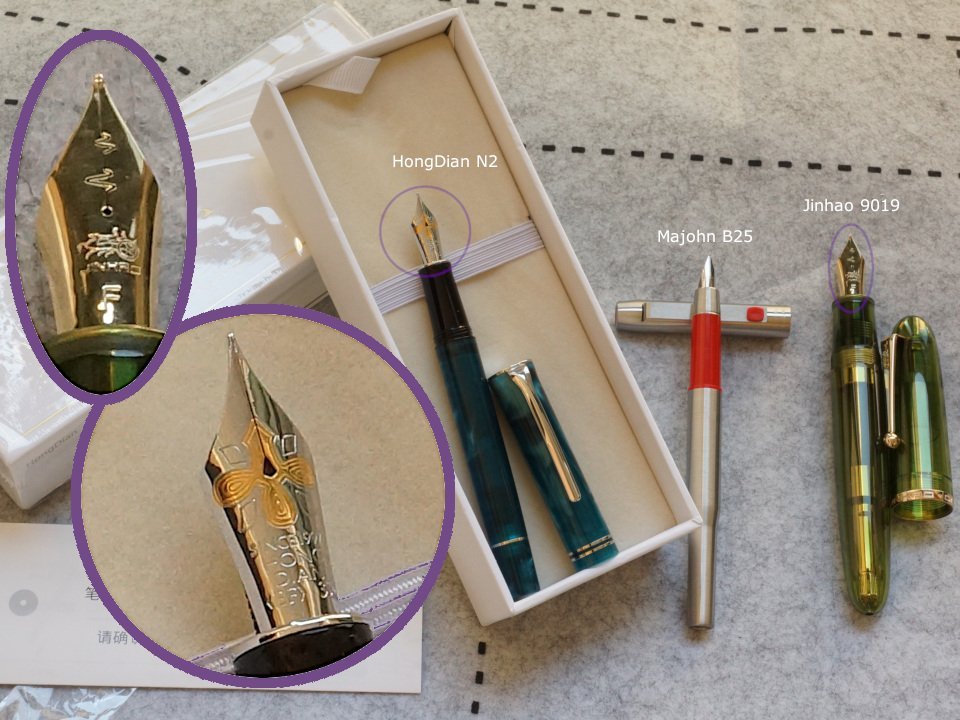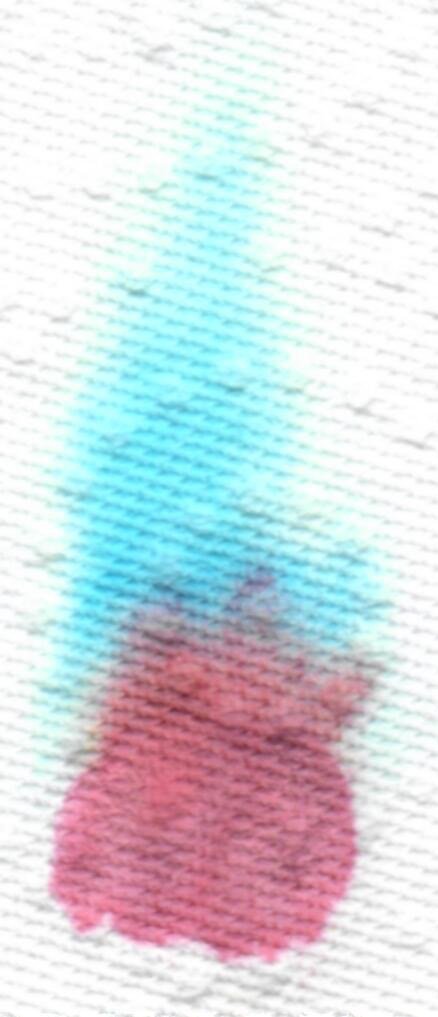choice of pen nib and handwriting style
I'd like to know people's choices of nib and writing-style
759 members have voted
-
1. I'd like to know people's choices of nib and writing-style
-
I use an Italic/stub/calligraphy nib and the Italic writing style58
-
I use an Italic/stub/calligraphy nib and conventional ("school") cursive39
-
I use an Italic/stub/calligraphy nib and I "print" my writing23
-
I use an Italic/stub/callig nib & a hybrid of Italic/conventional cursive24
-
I use an Italic/stub/calligraphy nib & a hybrid of printing/"school" cursive22
-
I use an Italic/stub/calligraphy nib and a hybrid of printing/Italic writing19
-
I use a non-Italic nib and the Italic writing style26
-
I use a non-Italic nib and conventional ("school") cursive195
-
I use a non-Italic nib and I "print" my writing82
-
I use an a non-Italic nib & a hybrid of Italic/conventional cursive75
-
I use a non-Italic nib & a hybrid of printing/"school" cursive138
-
I use a non-Italic nib and a hybrid of printing/Italic writing44
-
I fit none of the above descriptions66
-
-
Forum Statistics
355.5k
Total Topics4.6m
Total Posts -
Member Statistics
128,432
Total Members18,857
Most OnlineNewest Member
BetrieL
Joined -
Images
-
Albums
-
One-Off Post Attachments 2
- By LizEF,
- 0
- 112
- 90
-
Problems
- By A Smug Dill,
- 27
-
Chinese pens
- By A Smug Dill,
- 22
- 100
-
00-Feb-March-April2025
- By yazeh,
- 0
- 0
- 78
-
USG 10
- By USG,
- 0
- 0
- 79
-


















.thumb.jpg.f07fa8de82f3c2bce9737ae64fbca314.jpg)



desaturated.thumb.gif.5cb70ef1e977aa313d11eea3616aba7d.gif)







Recommended Posts